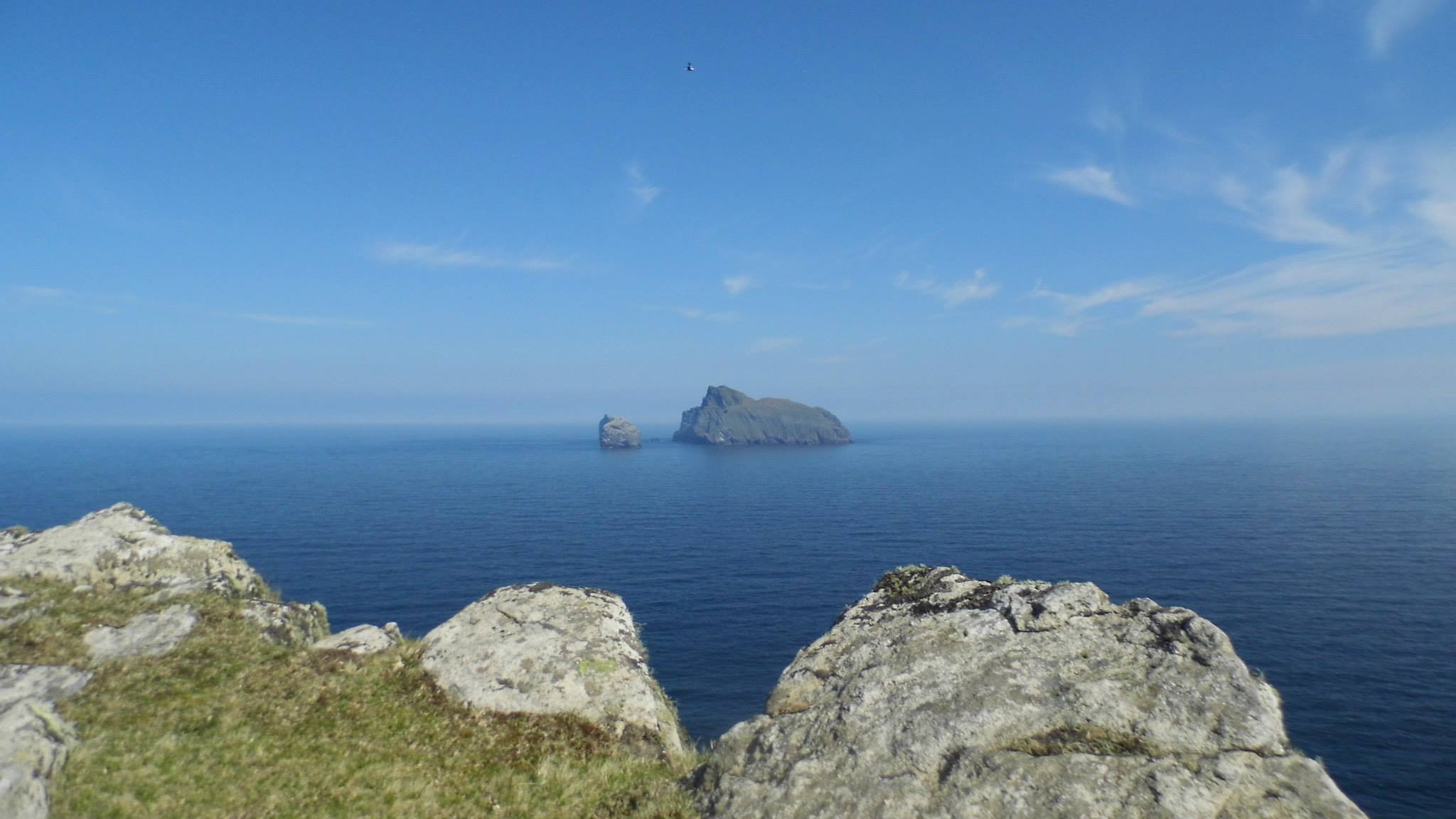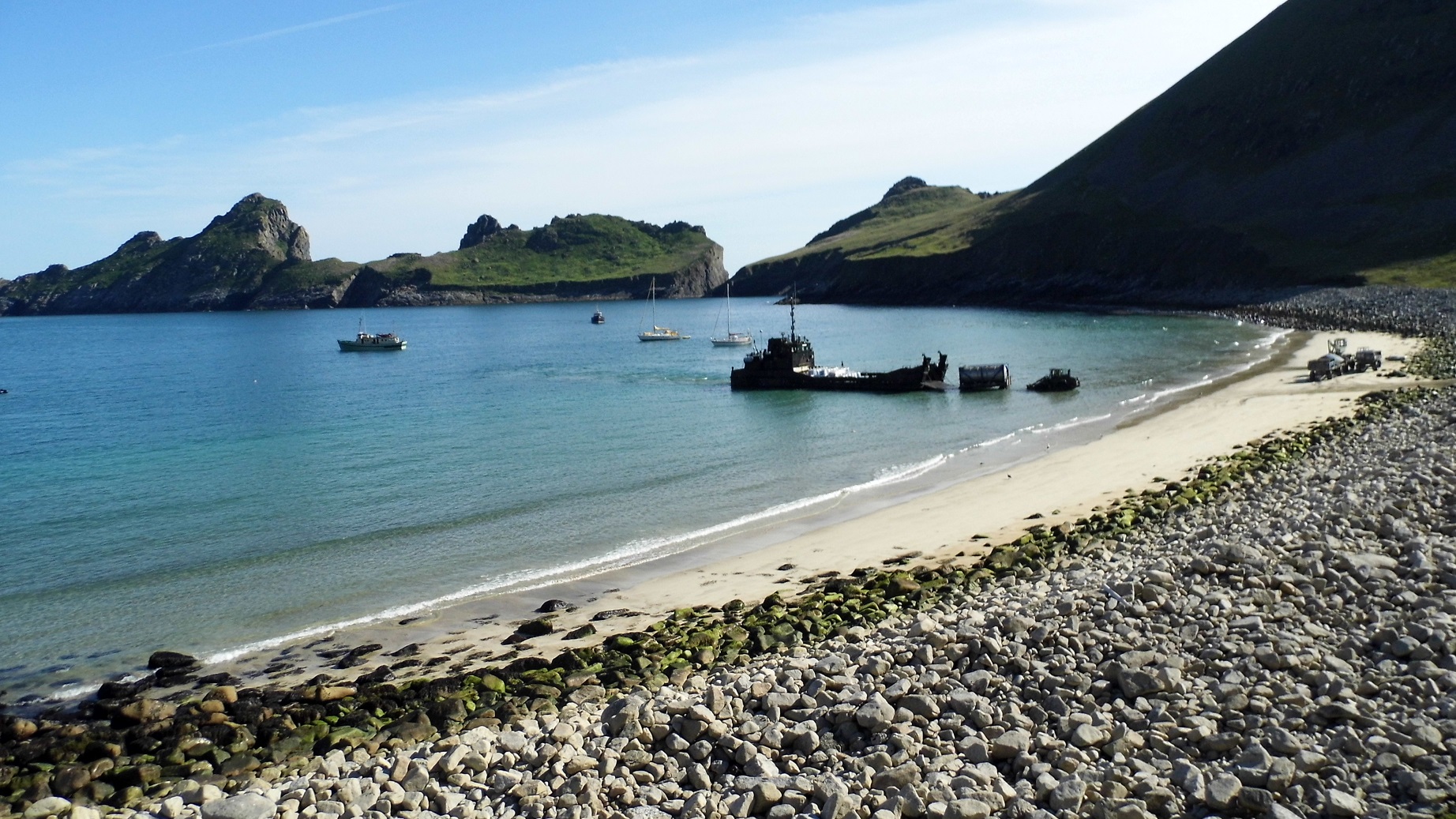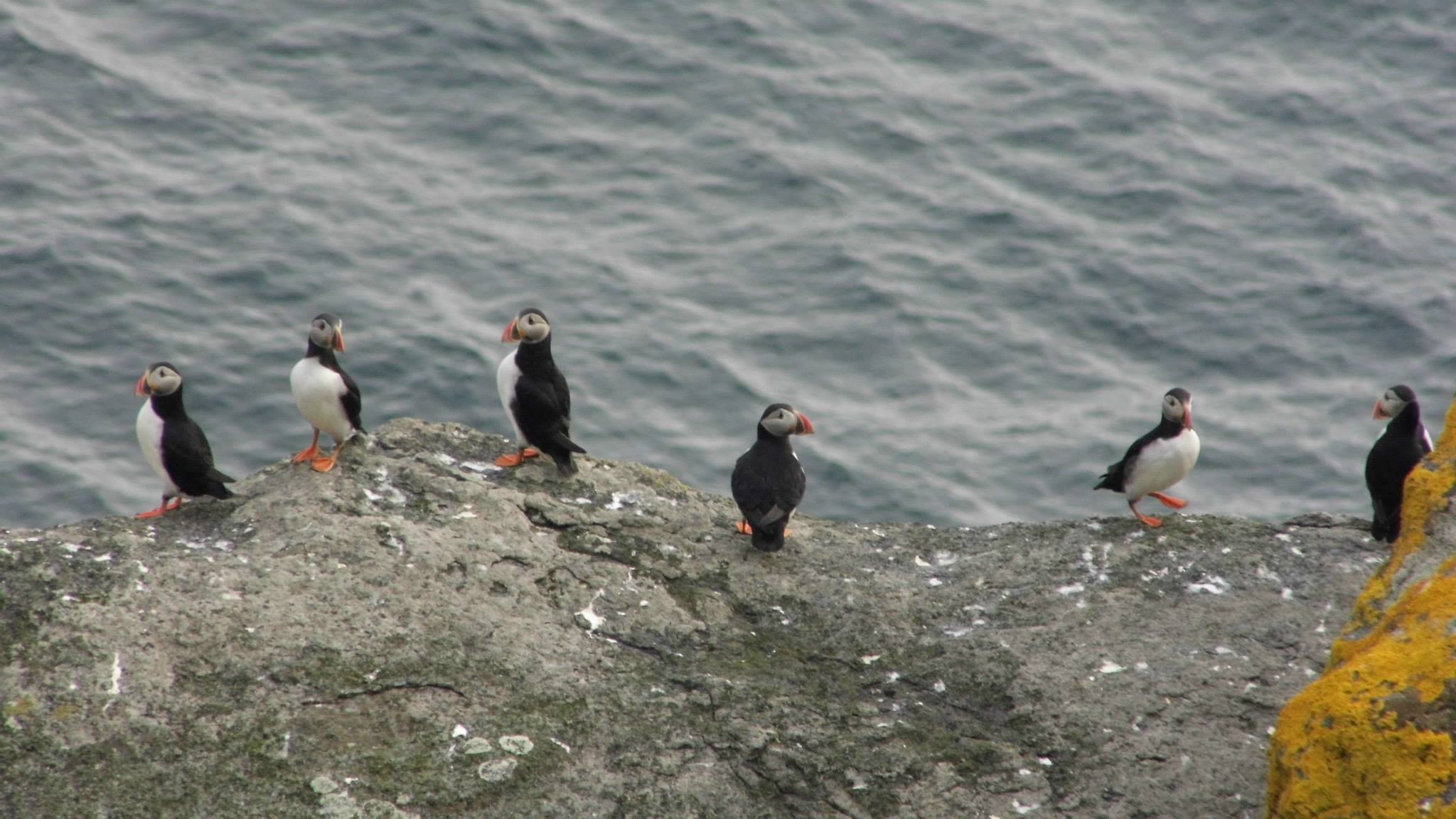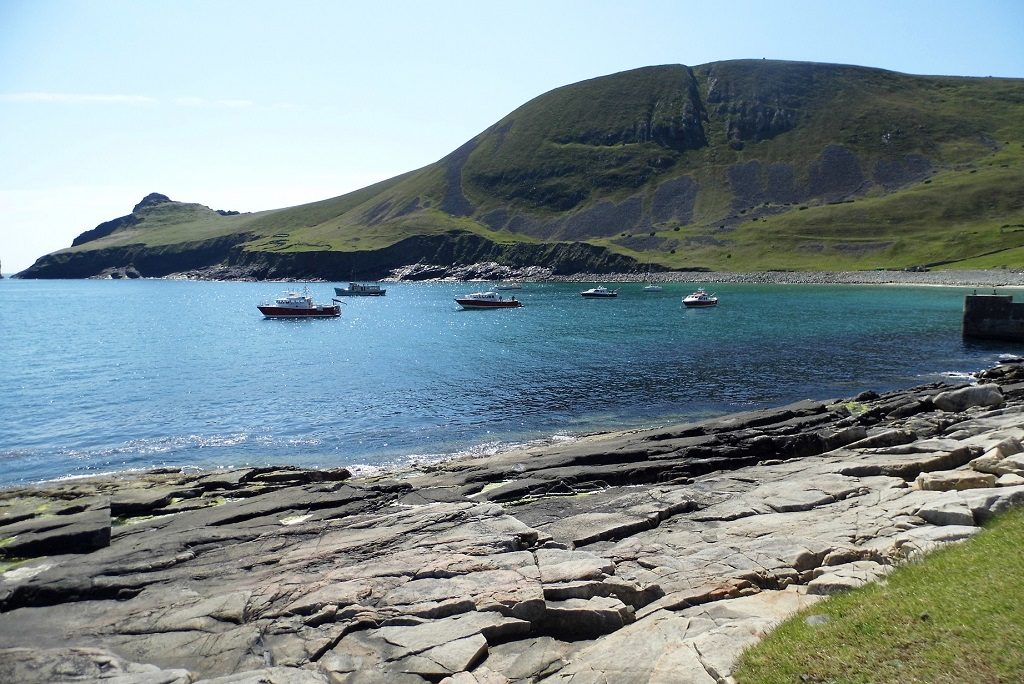When I boarded the helicopter to go to St Kilda for my first 12-week stint, I was concerned about the isolation of living on a remote uninhabited island 46 miles off the Western Isles of Scotland. I quickly learned that quiet and solitude can be in very short supply there.
St Kilda, known as Hiort in Gaelic which was the first language of its inhabitants, is famous as the most remote outpost of the British Isles. Occupied for at least 2,000 years, it was eventually evacuated at the request of the islanders in 1930. For many, St Kilda’s story ends there. However, since 1957 it has been home to the staff of a Ministry Of Defence base which is occupied all year round. In the summer, it also hosts three National Trust for Scotland (NTS) staff, researchers, and around 5,000 visitors each year.

Boreray
The island is owned by the National Trust for Scotland, who also run it day to day. It is managed in partnership with Historic Environment Scotland, Scottish natural Heritage, the Comhairle nan Eilean Siar (Western Isles Council), and the Ministry of Defence. It is the UK’s only Dual World Heritage Site, recognised for both its natural and cultural heritage. This places it in a small club of just 35 sites around the world to have this dual designation.

For around six months a year from 2013 – 2015, I lived in the old Manse along with my two colleagues. The three permanent NTS staff reflect the various challenges of managing the islands:
- The St Kilda Archaeologist, the post I held, is responsible for overseeing conservation work and monitoring the archaeology on the island – this role is part-funded by Historic Environment Scotland.
- The Seabird Ranger undertakes extensive programmes of monitoring of the islands’ internationally significant seabird population.
- The Trust’s Ranger, traditionally called the ‘warden’, manages the visitor experience, including meeting tourists off the boat, manning the shop, and ensuring the facilities are in working order.
However, in such a small community with so many visitors, these roles often become blurred – I often found myself monitoring archaeological sites, meeting hundreds of visitors off a cruise ship, and rescuing stranded baby puffins in the same day. The rangers keep a blog each year which gives a flavour of their daily life.

Puffins on St Kilda
The priorities of the natural environment on St Kilda, its archaeology, the needs of the MOD, and the requirements of the researchers and staff who live on the island can sometimes be conflicting. It is the job of Susan Bain, Western Isles Manager for the National Trust for Scotland, to maintain the delicate balancing act between these various interests which allows one of the world’s most unusual communities to continue to thrive on the islands against the odds.
As for myself, having been off St Kilda for a year and a half I’ve slowly adjusted back to the way of life of the mainland. After the non-stop and frequently unexpected demands of work, the regular dinners and social occasions, and the constant to-and-fro of banter that make up daily life in a tight-knit community, I’m finding the more sedate pace of life in Edinburgh very relaxing!
If you enjoyed reading about life on St Kilda you might want to have a look at the book St Kilda, The Last and Outmost Isle.
You can find out more about Scotland’s six World Heritage sites on our website.

